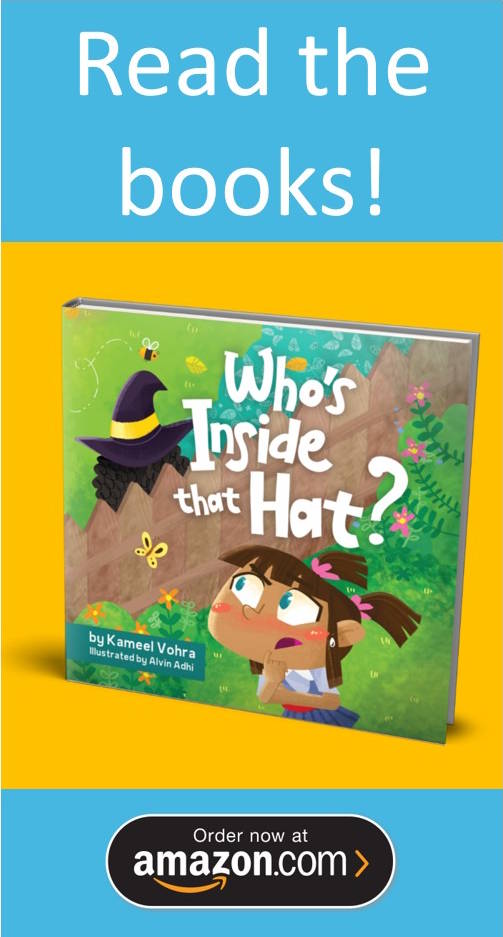Thanksgiving is a holiday full of celebration and feasting as a family. It is also a perfect time for teach children the valuable lessons of gratitude and empathy – something that’s quite literally built into the history and name of this holiday! In this article, we will talk about ways parents can instill these valuable qualities in their children.

A very short history of Thanksgiving
Did you know? American Thanksgiving traces back to 1621 when a harvest feast was shared between the Wampanoag people and the colonists. Whereas Canadian Thanksgiving originates from 1578, when Martin Frobisher gave thanks for the safe passage of his expedition! Whilst both have different origins the intent of the festivals is the same, appreciating one another. Thanksgiving has always been about inclusion and appreciation, but only became a United States holiday in 1863.
The Importance of Gratitude and Empathy
Why is Gratitude still so important today? Gratitude and empathy are important virtues that help children develop social-emotional skills and become a well-rounded person. Gratitude is the ability to appreciate the good things in life, no matter how big or small. Children who develop this skill tend to have a positive outlook, are content, and become resilient people. Teaching them gratitude helps them focus on what they have versus what they lack. Empathy is their capacity to understand and share their feelings with others. Empathy promotes kindness, compassion, and allows them to have better social relationships. Children are more likely to be considerate, cooperative, and understanding.
Ways to Teach Gratitude and Empathy During Thanksgiving
- Model Gratitude and Empathy – Children are always observing and learning from their parents. By demonstrating gratitude, parents can help their children get a real-life glimpse of why it is important. This could be a simple as regularly saying ‘Thank you’, or sincerely appreciating when the children help one another. This will create positive reinforcement when the children help, offer thanks & appreciate others efforts.
- Make gratitude a part of the meal – Help your family to take a moment and think about what they’re grateful for. An easy way to do this would be, asking everyone at the table to talk about what they are grateful for today (or recently). This is an activity that you can do everyday as part of your dinner conversation to help build a gratitude mindset.
- Donate to charity. Encourage your children to donate to charity during Thanksgiving. This could be anything from donating food to a local food bank to donating money to a charity that supports a cause they’re passionate about.
- Volunteer as a Family – Thanksgiving is a great time to give back to the community. There are often many volunteer opportunities available. Through volunteering, your children will understand the importance of giving back to others and being grateful for the blessings in their lives.
- Cook Together – You may cook with your children regularly, but Thanksgiving is a great time to help your child prepare traditional dishes that your family will eat during the holiday. This helps them to feel part of the celebration and gives you a chance to bond over previous Thanksgiving memories. During the process they will have to be mindful of others’ preferences and put effort in preparing tasty dishes for others. You can prepare takeaway dishes for neighbors and allow your children to have fun delivering them to their houses.
Thanksgiving is a family-focused holiday. It is all about being thankful, feasting, and celebrating togetherness. It can also be a great time to emphasize the importance of gratitude and empathy. Those qualities encourage the development of compassionate relationships and helps them achieve a positive outlook on life. By establishing family traditions of gratitude and empathy during Thanksgiving, you can build habits that last a lifetime.


